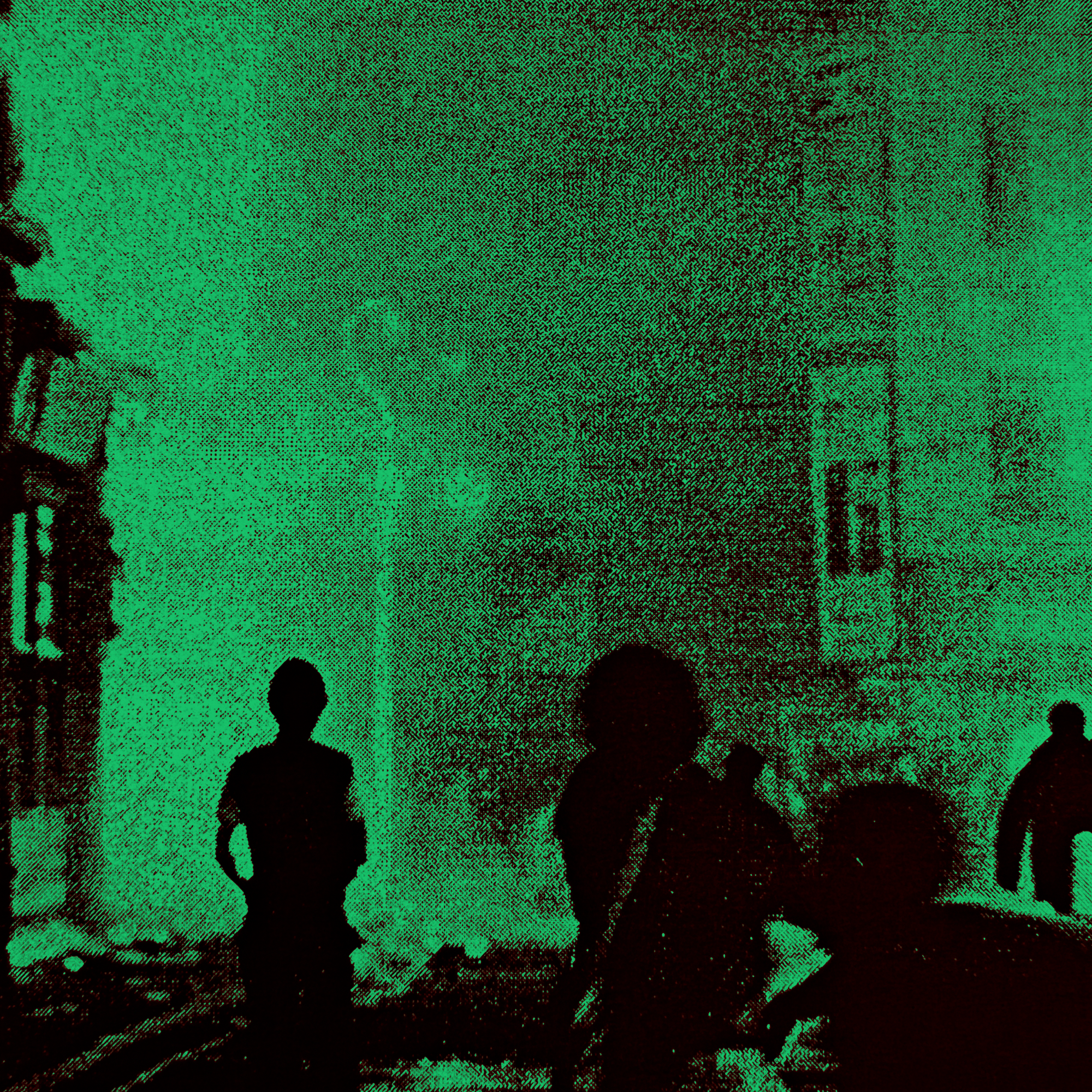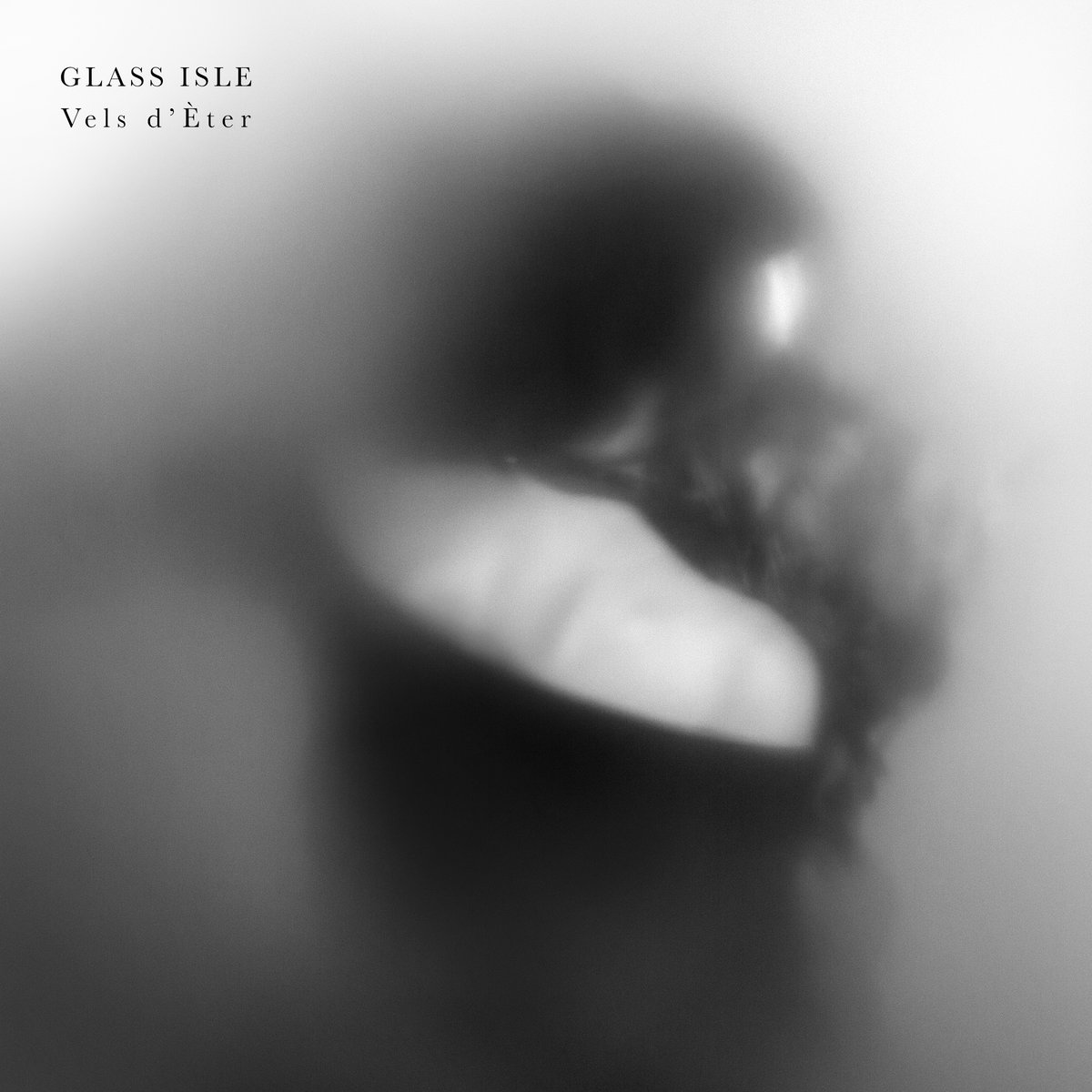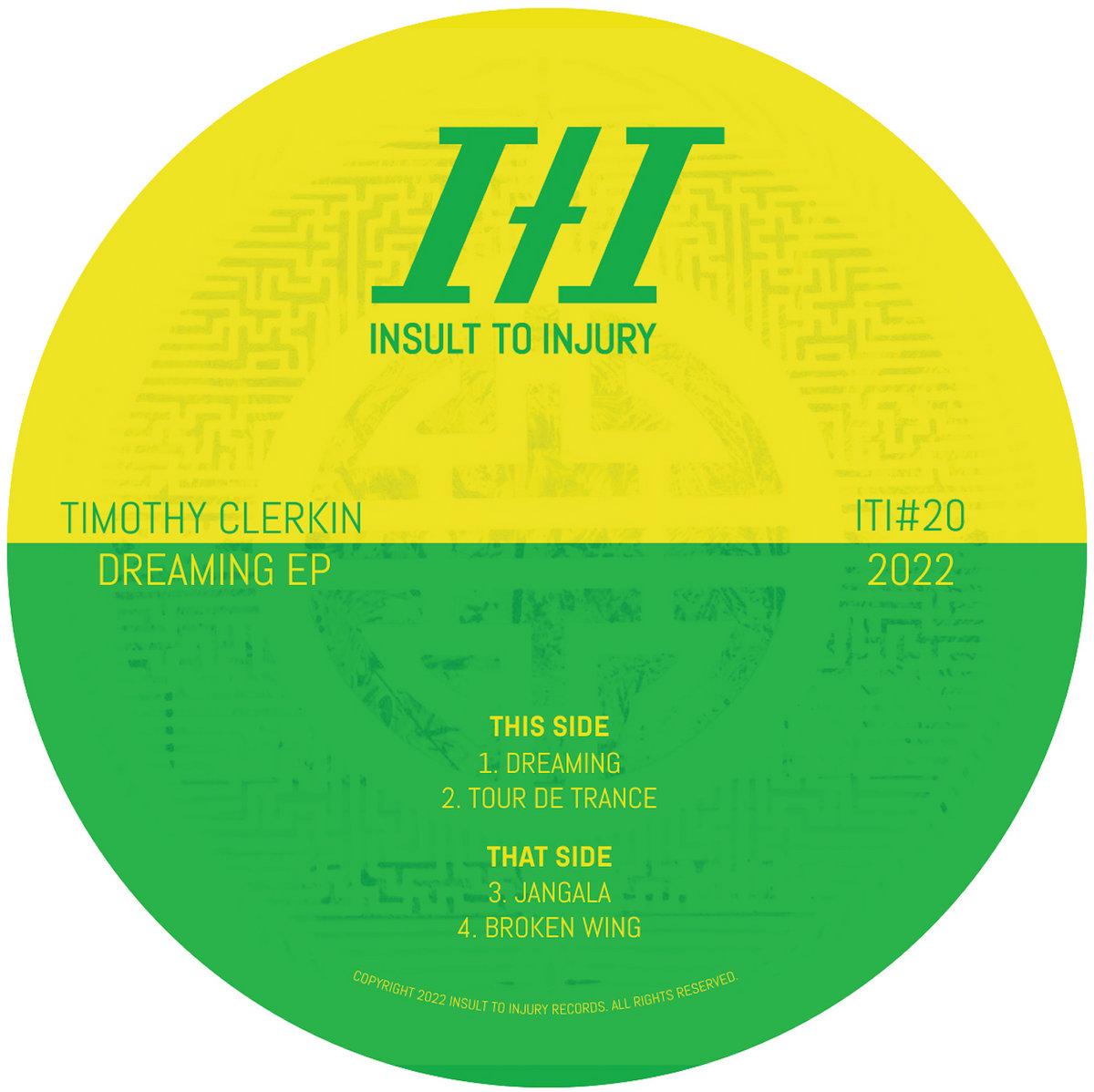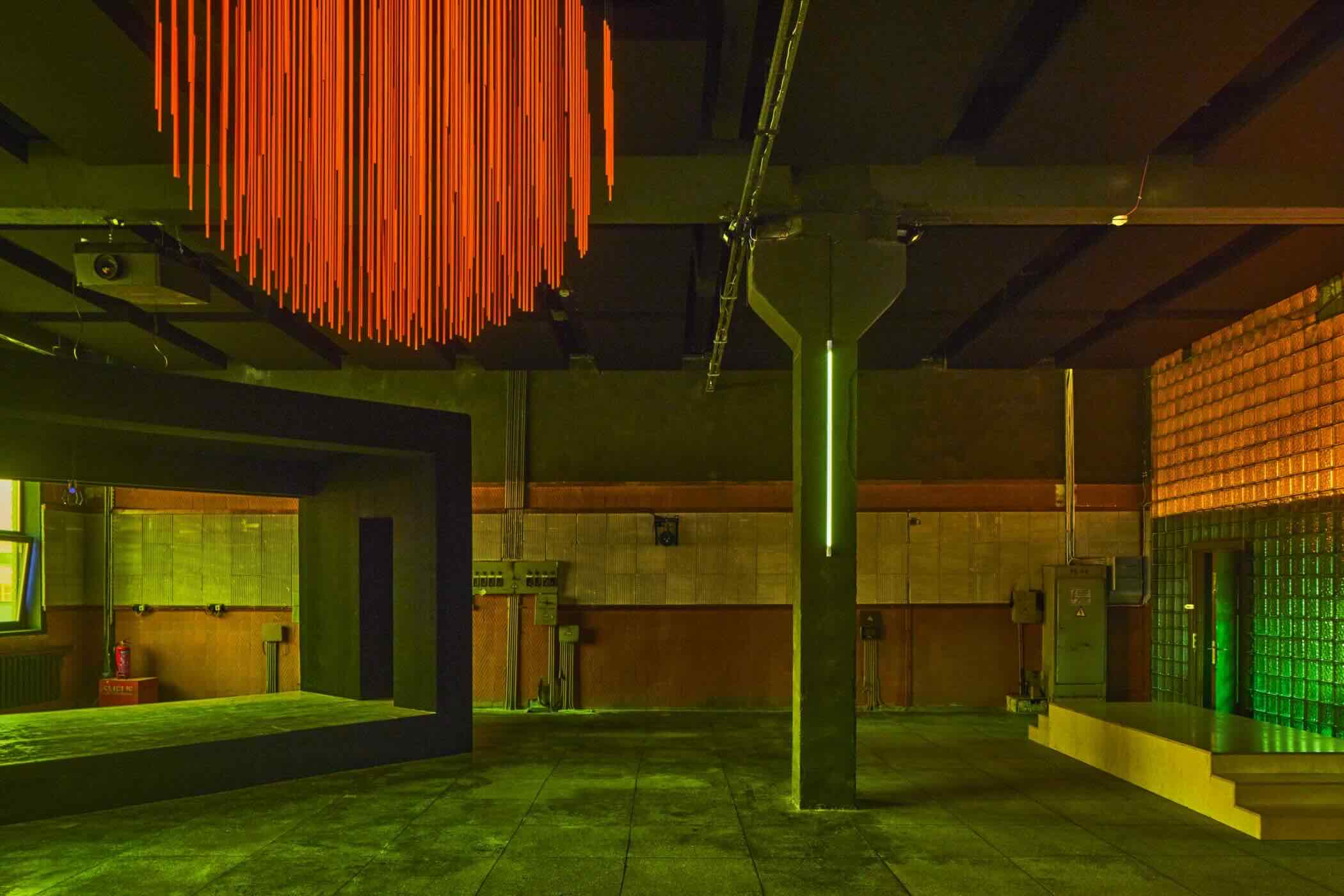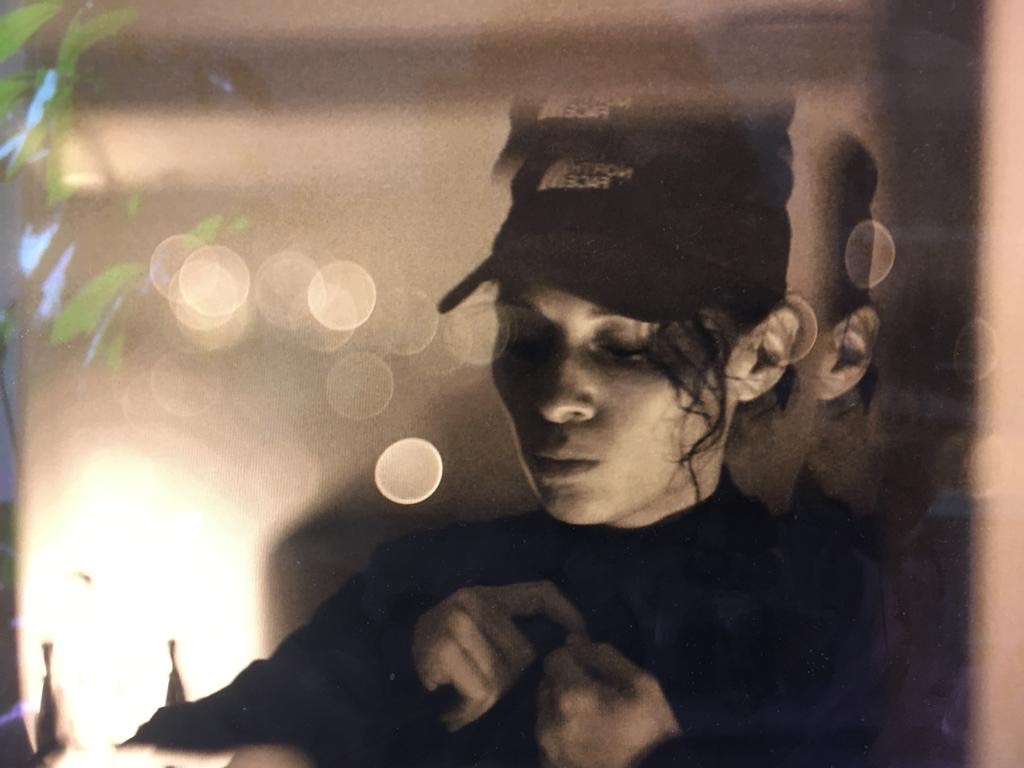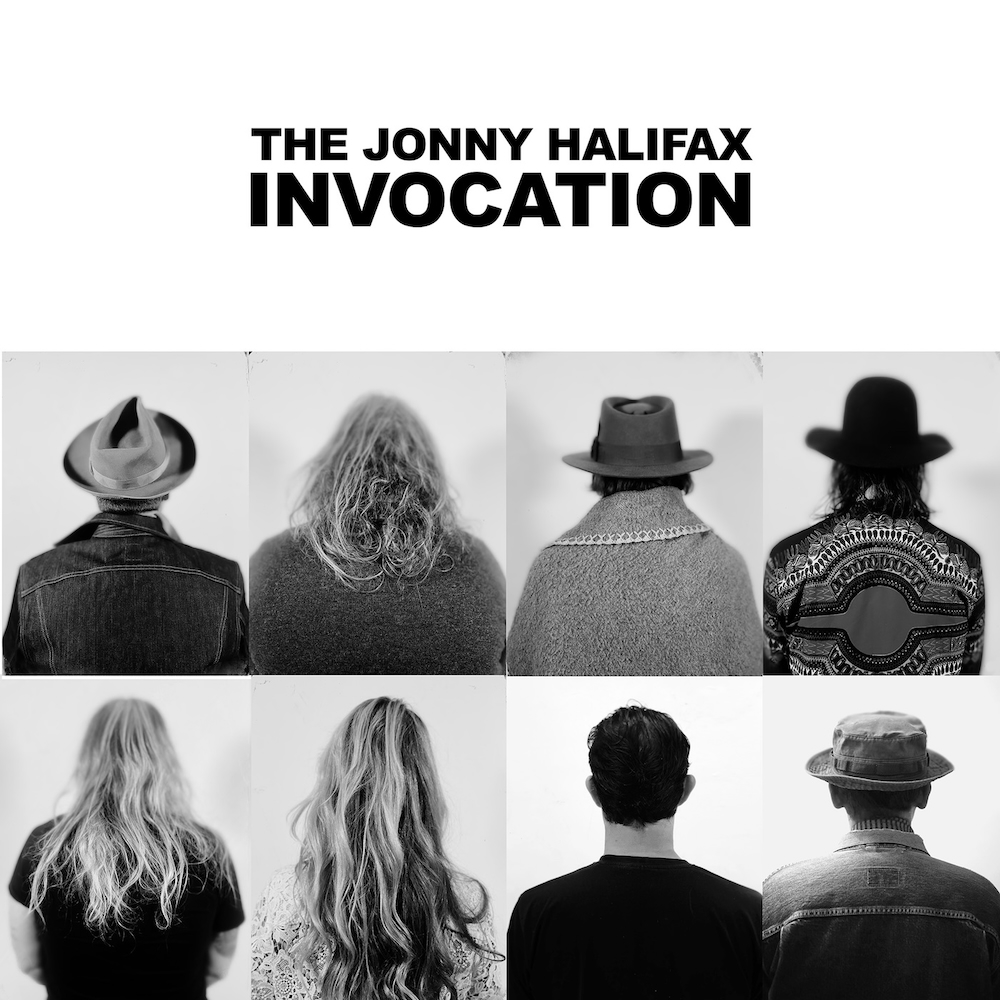Gone To A Rave: Slam! Records Ragga Jungle Classics
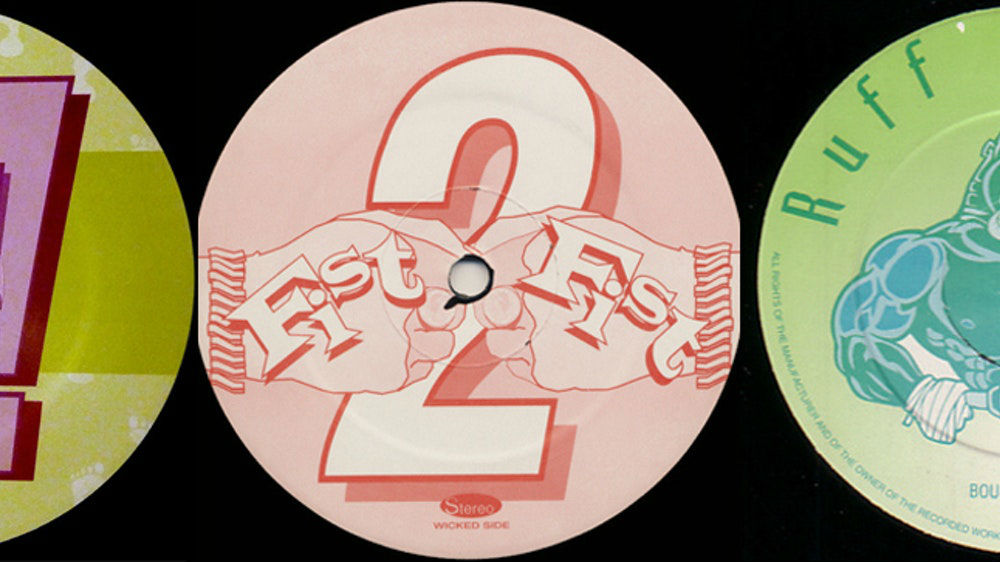
At risk of stating the bleeding obvious, there’s a predictable cycle in dance music that sees records decried as cheap or stupid by self-proclaimed ‘real music’ lovers inevitably end up commanding crazy money from those same ‘real music’ lovers some 10-20 years after they were first made. There are so many examples of this it’d be a ball ache to list them all, but for recent examples see any grime record that was supposedly made on a Playstation, almost everything released on Dance Mania in the 90s, and – relevant to today’s column – the entire genre of ragga jungle.
It’s hard to convey just how much hate ragga jungle took as a form when it was first being created. A number of producers actively distanced themselves from the sound and the mainstream dance mags either refused to cover it, or if they did, published articles that implicitly and explicitly linked ragga jungle to gang crime and violence. Same old same old, as any fan of the UK’s current drill scene will tell you (and I guarantee that if the drill artists were releasing records right now, those would be the records changing hands for big money ten years down the line). What’s the lesson here? Be careful next time you dismiss something contemporary as chavvy crap, cos you’ll probably be shelling out a fortune for it a decade down the line. Which brings us neatly to Slam! Records.
Slam! Records ran out of a long defunct Essex record shop of the same name. As far as I can tell the label was only active in the golden window of 1994 – 1996. Every single record Slam! released has at least one ragga jungle tear out on there- were that not enough, pretty much every record on each of its 6 sub-labels also features a ragga jungle tear out. Fair to say they were fans. A complete set of the label would cost you a stupid amount of money these days– in fact I can’t quite get my head around just how expensive the stuff on Slam! has got, more so when I consider how ‘serious’ music lovers were turning their noses up at this style whilst they venerated Metalheadz in the mid 90s (nothing wrong with Metalheadz obvs).
The first release on Slam! set the pace for the label. Dance Hall Junglist was produced by Andy Tully using the alias Tuff-To-The-Bone. Tully had previously produced underground UK techno (Mental Nightmare on this 12” is a favourite of mine). Dance Hall Junglist may retrospectively sound a major switch in style for Tully, at a time when hip hop, dancehall and techno were so much closer together it seemed a logical progression.
If we’re going to be nitpicking, the production on Dance Hall Junglist, like on many of the Slam 12”s, is a pretty lo fi. The studios the label operated from were clearly less well kitted out than, say, something Production House or Sub Base was using. But this only means that the label stands as testimony to the power of ideas over experience. No one at Slam! was spending 10 years learning how to correctly EQ a hi-hat before they’d put a track out, and their releases throb with wild ideas dashed out with maximum energy. If anything, the ragged sample chopping, scratchy bashment samples lifted from hissy clash tapes, and kitchen sink approach to sampling only add to the mystique of a label. Crucially, they always got one thing right; no matter how muffled the breaks get, the bass on a Slam! release always, always smashes out at glorious chest boxing, skull rattling frequencies. It seems fair to assume that this was helped in some part by the records being mastered and cut at Jah Tubby’s legendary Eats London cutting house JTS.
Whilst Dance Hall Junglist pulled together the basic Slam! elements of deep bass and ragga chat, his style was still closer to the faster hardcore side of the things. It wasn’t until the next release onwards that the label really hit its stride. Slam!# 2-7 and various classics on the sublabels Fist 2 Fist, Drum & Bass Records and No Sell Out were produced by a core of producers who shaped the sound of the label, and the destination of jungle as a whole.
This core of Bizzy B, Potential Bad Boy (under his The Underworld alias), Sky Joose and TDK had all been honing their sound on the likes of Ibiza Records and Kemet in the years 1991 – 93, moving from producing Brit hop to bleep techno, to rattling hardcore, until they found themselves at the sound Slam! pushed – vocal heavy ragga tracks. If you look at the work of each producer in those few years, whatever they make is operating without precedent – they’re literally inventing new forms, pretty much yearly. For example, Sky Joose (aka Amos Bellot) was turning up the breaks on hard British hip hop in 1990, making E’d up toytown rave in ’92, took a detour into jungle from 94-96, then ended up knocking out highly sought after 2 step in the late 90s. Here was a producer who couldn’t help but push forward…
Meanwhile Bizzy B had been carving himself out a name as a breakbeat scientist creating face melting future rave. This 1992 collaboration with TDK remains a high point for the scene – it’s fair to say that every single time Bizzy B and TDK make a record together, the results are absolute buy-on-sight murderation – here’s an example of the levels of sci-fi they were delivering in 1992 –
Back to Slam! – the release following Dance Hall Junglist was from Brock Out Crew, who I’m fairly certain was either a Bizzy B solo project, or Bizzy with TDK. It mixes a melodic soul sample with what essentially amounts to a full dance hall vocal. Unlike other artists sampling a bar or two of ragga chat, the artists on Slam! tended towards filling the entire track with vocals – and with later releases featuring a number of original vocals recorded to the tracks, it’s fair to say that they were as much a mutation of dancehall as they were of techno.
The B Side Don’t Dis the King pushes a grotty, lo-fi recording of Capleton upfront, then under pins it with tightly programmed drums and a synth line that shares similarities with the Noise Factory classic Champion of Champions, Noise Factory being one of the few other artists pushing as far forward with this sound.
Slam#3 saw the first release on the label from Sky Joose – who had the majority of his work for Slam! put out through the Fist 2 Fist and Drum & Bass sublabels. Whislt he led with the obligatory ragga flavours of Sound Boy Burial, for me the EP’s high point comes with the diva vocals and rare groove samples of Close To You – an attempt to make slick jungle RnB with some truly jittery drums.
It’s on Slam#4 from Lionist – a Bizzy B solo alias – that the label really comes correct. A Side It’s a Shame skilfully time stretches the well-known Spinners guitar riff before spinning off into typically bubbling Bizzy bass and ragga vocal lines. It’s good sample heavy fun. But B Side Ruff Cut steps up to offer something far more exciting. Opening with a twinkling, mysterious synthline, the track switches up into clattering, collapsing snare and bass, and a vocal from Jim Irie recorded specifically for the track. This is a world away from half inching a couple of Buju Banton bars, and the results are a deep and (to my mind anyway) under-rated UK classic.
The next – and final – three releases on Slam! saw Bizzy B and TDK collaborate as Sherlock Dreadlock and Dread & the Baldhead. I’m lucky enough to have a copy of their classic Don’t Dis which I bought for pennies years back. Seeing that the maniacs of Holy Grails are listing it for £500 (!!!!) on Discogs, I’ve decided to rip it to WAV for all of you lot. If anyone involved in making the record, or anyone from Slam! wants me to take it down I’ll pull it immediately. Probs best to grab it while you can from over here.* sorry! you were too late….
There’s only so many ways I can describe this run of tunes –they’re all high grade ragga rinse outs, so you know the drill, just play em and enjoy.
Meanwhile, over on the Fist 2 Fist sublabel, Potential Bad Boy was smashing out a series of classics. His production is noticably crisper than most of his contemporaries, and particular love has gone into the driving sub bass pressure. As with a lot of the stuff on Slam! labels, the structure of the breaks he was using defies expectation – these tunes were made before jungle had set into a recognisable pattern of amen rollers; as such there's a playfullness to the drums – he's trying out sounds rather than following the big tunes,and there's definitely a sensation that these are more 'songs' than 'tracks'. On Big Up Ya Chest he has roots reggae singer Dawna Lee re-sing Brandy's I Wanna Be Down over discordant strings, before unleashing the bass and snares – it's the weirdest of inner city soul. Flip side Don Man in the Dance collides Chic samples with echoing dancehall shout outs, confidently riding the edge of chaos. Soundboy in a Problem is built from the timeless Real Rock Riddim, building with dub sirens and wails, dropping the rattling snares, but always keeping the melody.
Sad to say I'm out of time and space – I wasn't ready for how much stuff came out of the labels…! If you want more I'd suggest the catalogues of Drum & Bass Records and No Sell Out as good starting points – and I'll leave you with this insane cut from TDK, recording as The Urban Dread. One of only 2 release on the Ruff n Tuff sublabel, and coming out in 95 when his production skills had obviously leveled up, the Call Me Rambo sampling tune Top Priority has some of the most militant snare manipulation I've heard before or since. From the break at around the 2 minute 15 mark, he starts triggering the snare at such speed that it turns into a single, harsh, head exploding note. It's horrible and amazing and a perfect example of just how innovative the Slam! label was…











